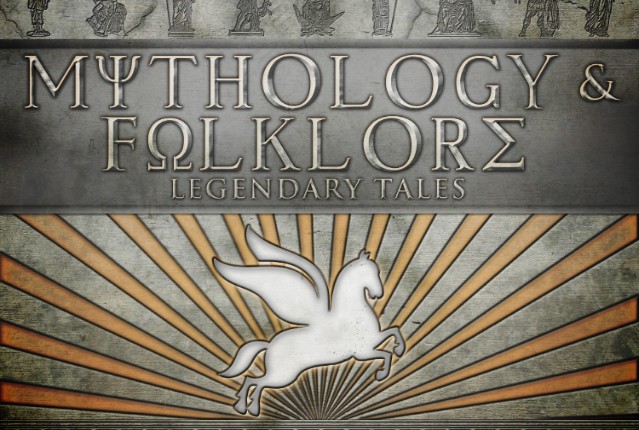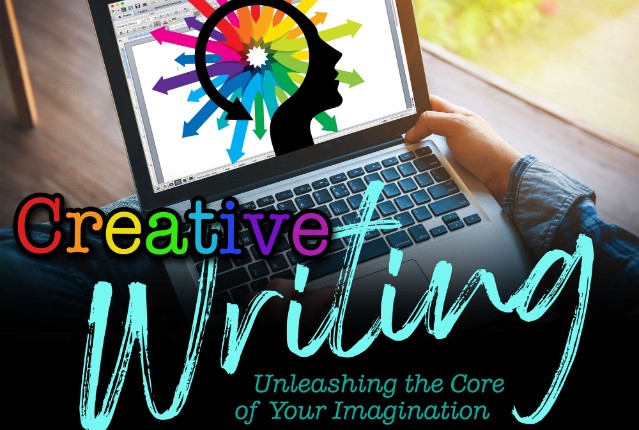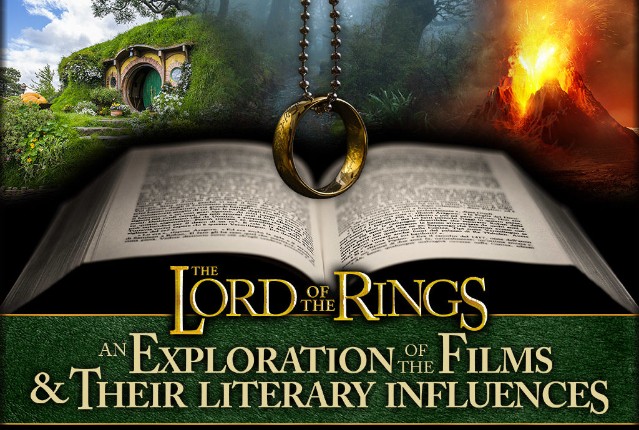Throughout the ages, women have often been at the forefront of battles, fighting to protect their people, land, and way of life. These women warriors have been historically viewed as strong, proud women with unfailing courage. This unit will explore the characteristics of women warriors in mythology and folklore, be they goddesses, mythic figures, or legends based on real-world warrior women. You will examine the deeds of the Valkyries, the Norse warrior goddesses, as well as a Norse warrior woman from around the year 1000 CE. Finally, you will analyze the effects of these on women in ancient societies.
What will you learn in this unit?
- Define a warrior as exemplified by the mythical Greek Amazons
- Explain how real-world aboriginal warrior women mirror the mythical Amazons
- Explore the history of Boudica, the Celtic Warrior Queen, as well as the Celtic goddesses
- Investigate Norse warrior women and goddesses as well as Freydis Eiriksdotter, a real-world Viking warrior woman, and compare the status of women in Norse and Celtic societies
- Compare warrior women across the Asian continent





